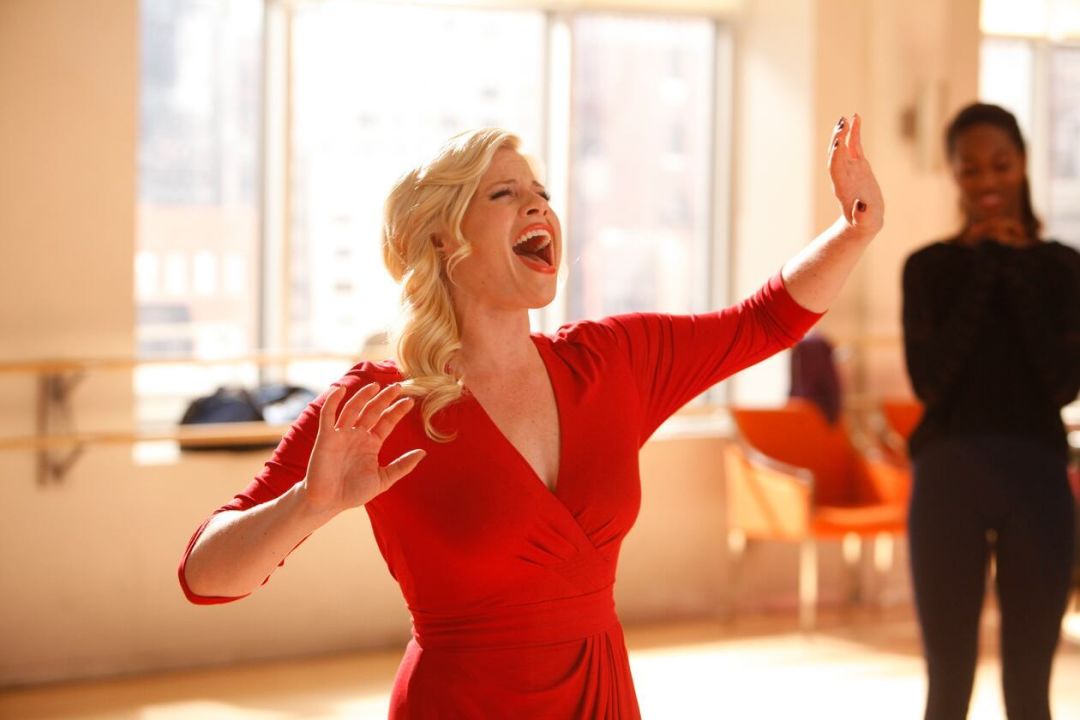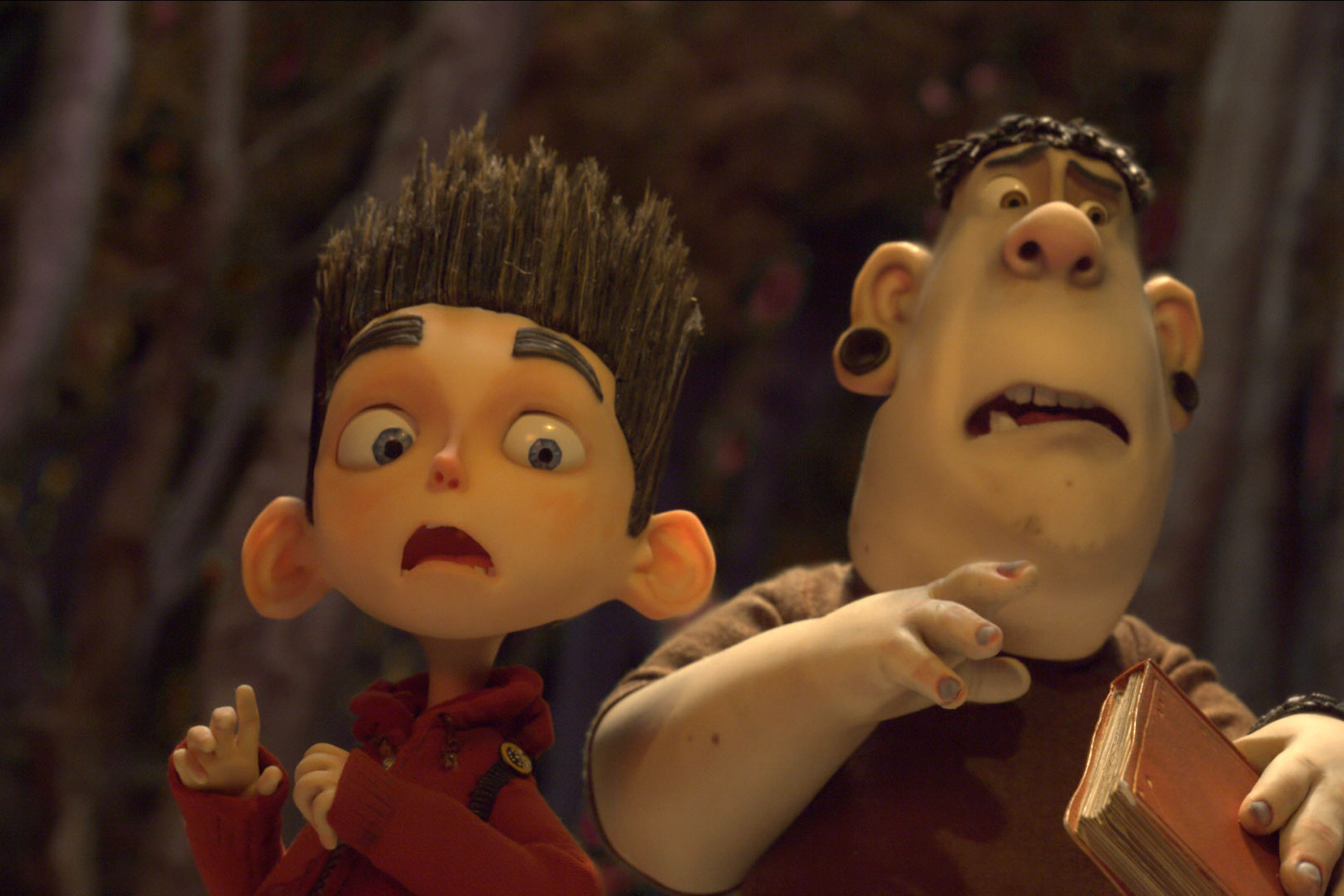Pop Culture Worth Your Time: Smash, Coming to America, and More

Megan Hilty as Ivy Lynn in season two of NBC’s Smash
Image: Courtesy NBC
Spring is just around the corner. President Biden announced this week that there would be enough vaccine supply by the end of May to inoculate all Americans. COVID case numbers remain low nationwide, and they continue to drop in Oregon. Are things ... getting better?
We don't want to jinx anything, but it feels for the first time in a long time like there's reason for optimism. In the immediate future, though, we're still spending a lot of time at home. Here's what we've been watching and playing at Portland Monthly this week.
Coming to America
To prep for Coming 2 America, the Craig Brewer–directed, Kenya Barris–powered, and Leslie Jones–featuring sequel being released by Amazon March 5, I insisted upon a family viewing this week of the 1988’s Coming to America, starring Eddie Murphy (who’s also credited with creating the story) as a pampered prince of a fictional African county who just wants to know what it’s like to tie his own shoelaces and wipe his own butt. On his 21st birthday, he is presented with his queen to be, an arranged-marriage selection heralded in song as “a vision of perfection, an object of affection … completely free of infection … waiting only for your direction.” But, as Murphy’s Prince Akeem of Zamunda tells his parents (Madge Sinclair and James Earl Jones, who also voiced the royal parents in The Lion King) and friend/servant Semmi (Arsenio Hall), he wants the chance to fall in love with someone who thinks for herself. He is granted 40 days to disabuse himself of this foolish notion and “sow his royal oats.”
A coin flip and a glance at New York’s borough names send him and Semmi to seek an independent, opinionated queen in Queens, where Akeem delights in a rat-infested SRO above a barbershop (populated by characters played by unrecognizable versions of Murphy and Hall), grunt work at McDowell’s (a fast-food restaurant constantly under lawsuit threat from McDonald’s), and people not treating him like a prince. Meanwhile, he falls for his boss’s independent and opinionated daughter Lisa (Shari Headley); is pursued by Lisa’s horndog sister, Patrice (Allison Dean); and finds himself in romantic competition with the Darryl (Eriq La Salle), a pampered American prince of sorts as heir to his father’s Soul Glo hair-care empire.
My grade-schoolers loved it, and conveniently had no idea what Patrice was doing to Akeem under the jacket in his lap at one point, or why Akeem suddenly needed to visit the bathroom afterward—so no awkward conversation needed about consent or risking arrest for public lewdness. For the Gen X parents who saw it in the theater, it was the joy we remembered, from Darryl’s dripping Jheri-curl do (his whole family is a walking ad for antimacassars) to the Trading Places Easter egg.
But while I remembered the minor characters played by Hall and Murphy—from an unhinged preacher to the lead singer of Sexual Chocolate—I had forgotten what triumphs they were not just of acting but of makeup and prosthetics. And what everyone is wearing is amazing, too. The flower petal throwers’ earrings, Akeem’s sensible winter sweaters, Darryl’s ridiculous jackets, Lisa’s striped shirts and high-waisted skirts, Patrice’s everything. This won the makeup and costume Oscars, right?
I thought back to the 1989 Oscar ceremony I think I watched in a hotel room at the Kentucky United Nations Assembly middle-school nerd fest, but then I had to look it up. Nominated, yes. Won, no. I mean, sure, Beetlejuice’s makeup was impressive, but have you seen Coming to America? How long do you have to stare at Sexual Chocolate’s Randy Watson before you fully accept it’s Eddie Murphy? And the gowns of Dangerous Liaisons, the costume winner, have nothing on the royal court of Zamunda or the ’80s styles at a Queens nightclub. Or Patrice! How could this lose to some period piece? —Margaret Seiler, managing editor
Judas and the Black Messiah
Centered on the rise of Fred Hampton (Daniel Kaluuya), chairman of the Illinois chapter of the Black Panther Party in the late ’60s, and his subsequent betrayal by William O’Neal (Lakeith Stanfield), an FBI informant, Judas and the Black Messiah (directed by Shaka King) features some of the most gripping performances I’ve seen in recent years. Kaluuya recently took home well-deserved accolades for his portrayal of Hampton from this year’s Golden Globes and the Dallas–Fort Worth Film Critics Association, but it’s Stanfield’s complex depiction of O’Neal that moved me. He portrays O’Neal as deeply ambivalent, benefiting from and being subjugated by a system that hopes to squash the rise of the Black Panthers. I hated him and felt so sad for him in the end.
Specifically the Back Half of Season 2 of Smash
Fred had Ginger. Holmes had Watson. I have NBC’s Smash, the short-lived backstage musical melodrama that burned through two showrunners and five time slots in its delirious 2012–13 run. The show—inexplicably produced by Steven Spielberg—irreparably shaped my concepts of New York City, Anjelica Huston, and intertextuality. Rachel Shukert’s weekly Vulture recaps are 80 percent of the reason I chose my current career. Against all odds, I am a gainfully employed journalist with the Twitter handle @NBCsSMASH.
The deal with Smash is this: it should never have been allowed to happen and nothing like it will ever exist again for as long as we live. Jennifer Hudson sings a Billy Joel deep cut to an empty auditorium. Uma Thurman prompts wan American Idol alum Katharine McPhee to hallucinate a violently offensive Bollywood number at an Indian restaurant. Debra Messing says the sentence, "An entire musical could be built around the poetry of Ezra Pound." I could go on like this for the rest of my stupid life.
(Note: this is the final number from the series finale of Smash, so... spoiler alert)
Most of Smash is very bad. After an incredibly promising pilot, season one flew off the rails so fast that Buzzfeed conducted an exhaustive, bitchy autopsy, and creator Theresa Rebeck was unceremoniously ejected from the cockpit by season’s end. (I have to stand up for Bombshell, the excellent Marilyn Monroe musical at the center of season one, which was written by Hairspray scribes Marc Shaiman and Scott Wittman and existed on a separate plane from Rebeck’s sinking ship. Here’s one of the best musical numbers in the show, from one of its worst episodes.) NBC called in Gossip Girl creator Josh Safran to pick up the pieces for season two, and most Smash-heads hardly consider his contributions canon. They are dumb and wrong.
There are growing pains, to be sure, and the batshit big swings of season one, like casting Ryan Tedder of OneRepublic as himself and having him write a sexy Marilyn bondage song that gets performed in a Brooklyn warehouse, are missed. But by the midpoint of the season, Safran had pulled everything together, and the show became the best version of itself: frothy, high-gloss, dumb-but-in-on-it. It was too little, too late, and by then Smash was already airing, like, exclusively on Samsung Galaxies between 2 and 4 a.m. on full moons, but this week I revisited season two and felt the acute injustice of its dismissal. If NBC had been brave enough for a third season, it would likely have been the first wholly-good installment of a show that sorely deserved one.
All of this is to say: If you’ve never seen Smash, both seasons are streaming now on Amazon Prime (for free with ads, which feels about right). You can never be my friend if you do not watch them. If you have seen Smash, and you've given all your love to the fever-dream first season, revisit the show's last eight or nine episodes, and mourn with me what could have been. —Conner Reed, arts & culture editor
Super Mario World 3D & Bowser’s Fury
My video game-playing friend and I refer to various phases of the pandemic according to the video games we were most enthralled by at the time. Spring 2020 was the Animal Crossing era, when we dutifully collected bells, picked up weeds, fished for sea bass, and flew to each others’ islands to whack one another with butterfly nets. Summer 2020 was the age of Splatoon 2, when we took on squid-like bodies and used Bloblobbers and Splattershot Jrs to annihilate each other with ink. Fall was the era of Hades, the escape-from-hell roguelike I wrote about back in December. Now, we’ve entered a new period of Super Mario 3D World & Bowser’s Fury.




